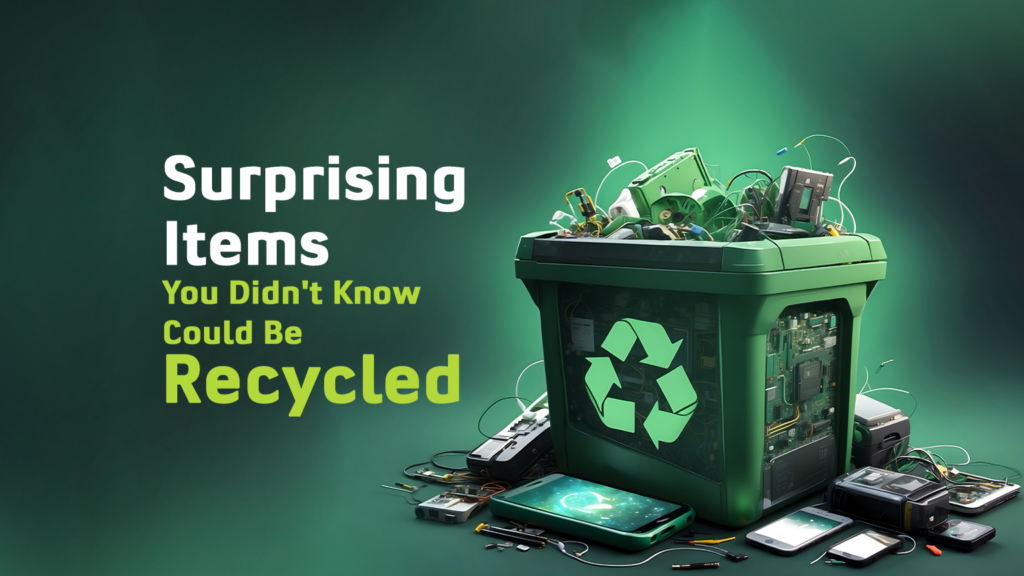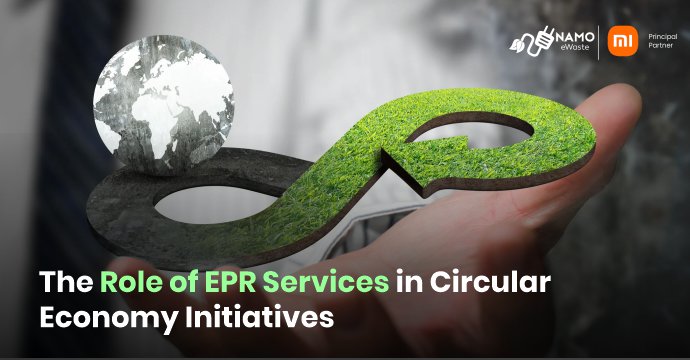Surprising Items You Didn’t Know Could Be Recycled: A Guide to Responsible Disposal

Modern World’ and ‘Recycling’, two terms that are inseparable. Listening to the word ‘Recycling’ what comes to your mind? Is it Plastic? Or is it Paper? What if I tell you there are so many items you don’t know about that can be or rather should be recycled for a greener earth. Discovering […]
The Role of EPR Services in Circular Economy Initiatives

In today’s world, where environmental sustainability is becoming increasingly crucial, circular economy initiatives are gaining momentum. Extended Producer Responsibility (EPR) services are essential to these initiatives. In this blog, we will delve into the role of EPR services and their contribution to circular economy initiatives. Extended Producer Responsibility (EPR) services are playing an increasingly […]

